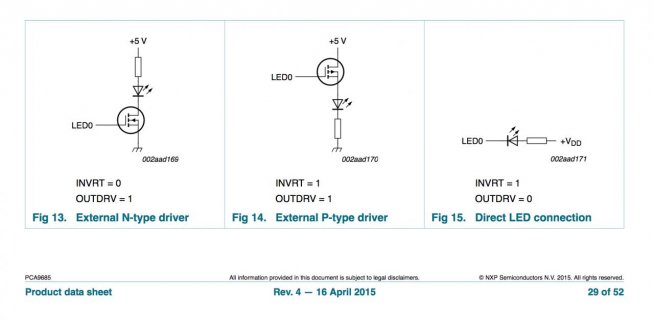benscammell
Well-known member
So I am doing some garage lighting, and I have 25m of this:-
LED Strips on AliExpress
And one of these to power them:-
PSU on AliExpress
Which should yield about 120000 lumens in my 6m x 6m garage using 1000W @ 42A / 24V.
I would like to be able to dim it, and feel PWM is the answer.
Any thoughts / advice on doing PWM with a Teensy on a large LED array like this?
Thanks in advance,
Ben
LED Strips on AliExpress
And one of these to power them:-
PSU on AliExpress
Which should yield about 120000 lumens in my 6m x 6m garage using 1000W @ 42A / 24V.
I would like to be able to dim it, and feel PWM is the answer.
Any thoughts / advice on doing PWM with a Teensy on a large LED array like this?
Thanks in advance,
Ben


